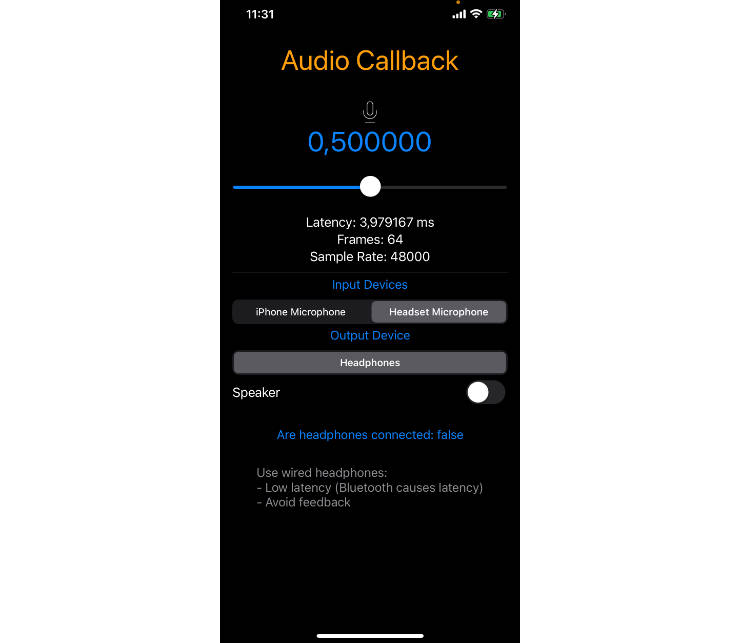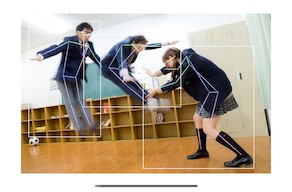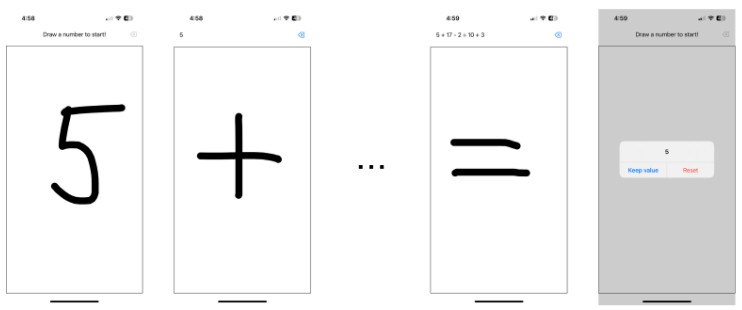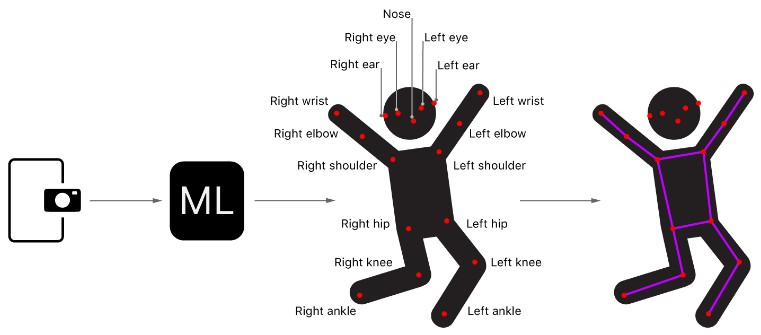Metal Hash-MLP
A somewhat messy re-implementation of the “learning a 2D image” example from Thomas Müller’s awesome tiny-cuda-nn in Metal.
| 10 steps | 100 steps | 1000 steps | Reference image |
|---|---|---|---|
 |
 |
 |
 |
Performance
M3 Max
A single training iteration takes roughly 3ms on M3 Max (compared to 1ms with tiny-cuda-nn on an RTX 4090).
That’s not too shabby using only a tenth of the power ?
The M3 performs much better than M1 for the scattered memory accesses caused by the hashgrid, likely so due to its more sophisticated caching.
M1 Max
Performance on M1 Max can be okayish (5ms), but requires a crude hack: Replace the atomic_fetch_add_explicit in the hashgrid backpropagation with a non-atomic +=, which despite the undefined behavior is surprisingly robust in practice.
Without this hack, performance on M1 Max is quite poor (33ms, roughly 10 times slower), almost all of which (30ms) can be attributed slow hashgrid backprop (which extensively uses atomic float scatter to device memory).
With this hack, hashgrid backprop only takes 1.8ms, which is surprisingly still slower than M3 Max with correct atomic behavior (1.2ms).





